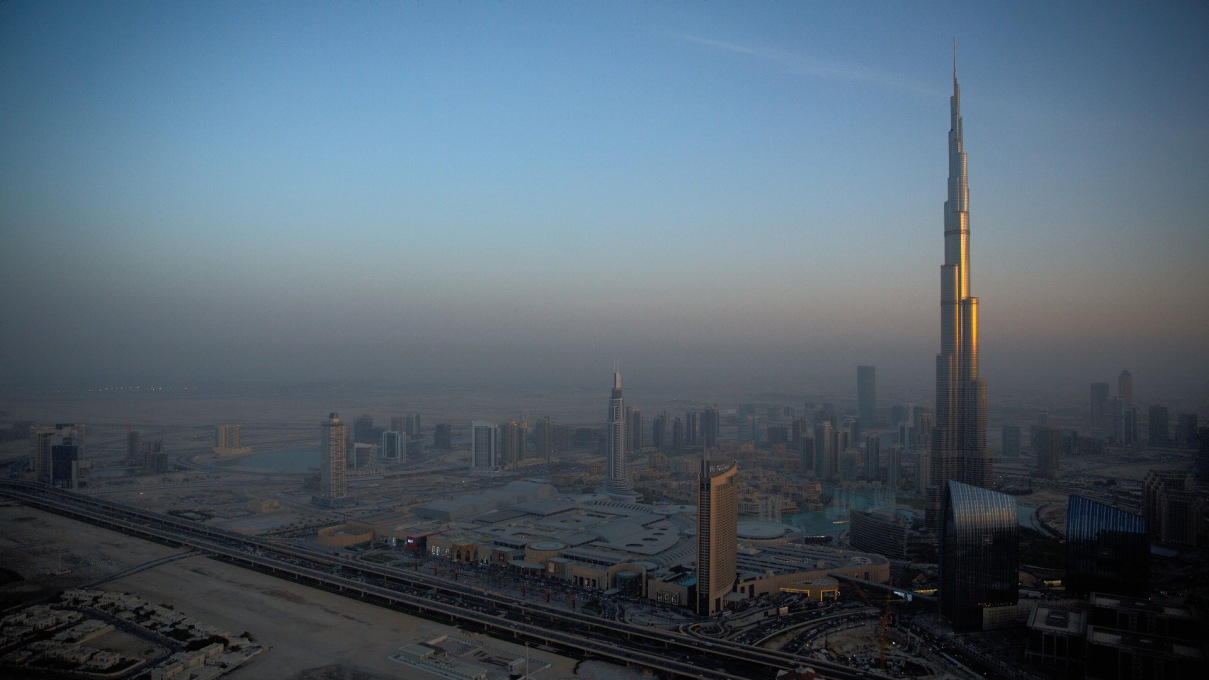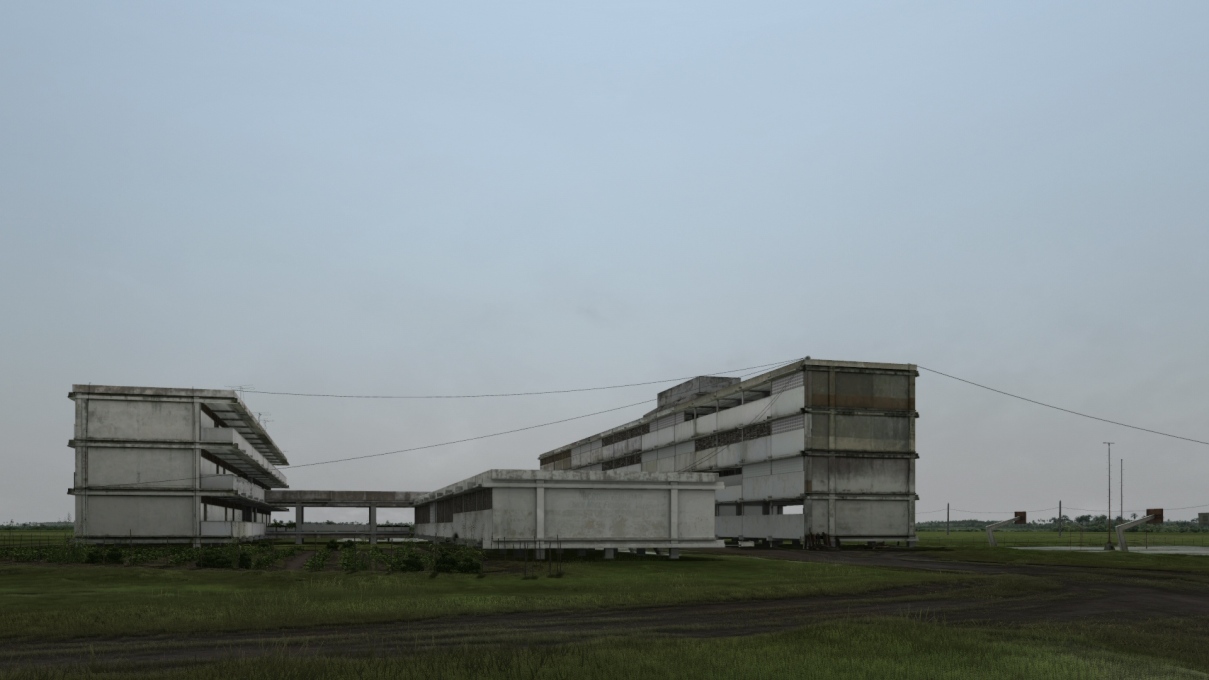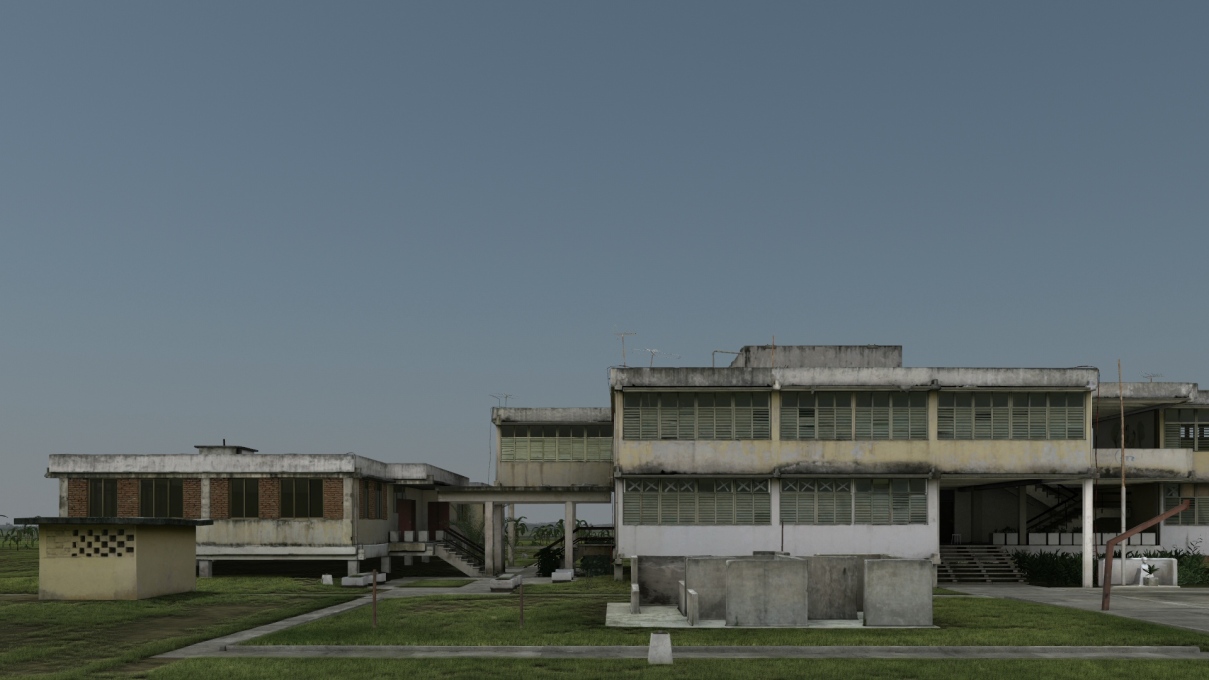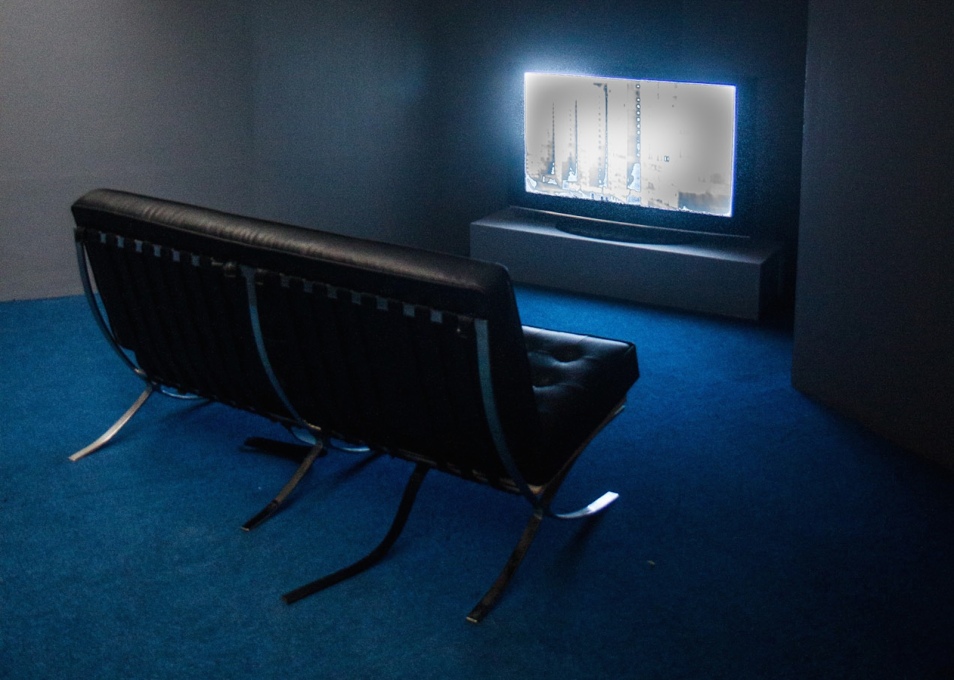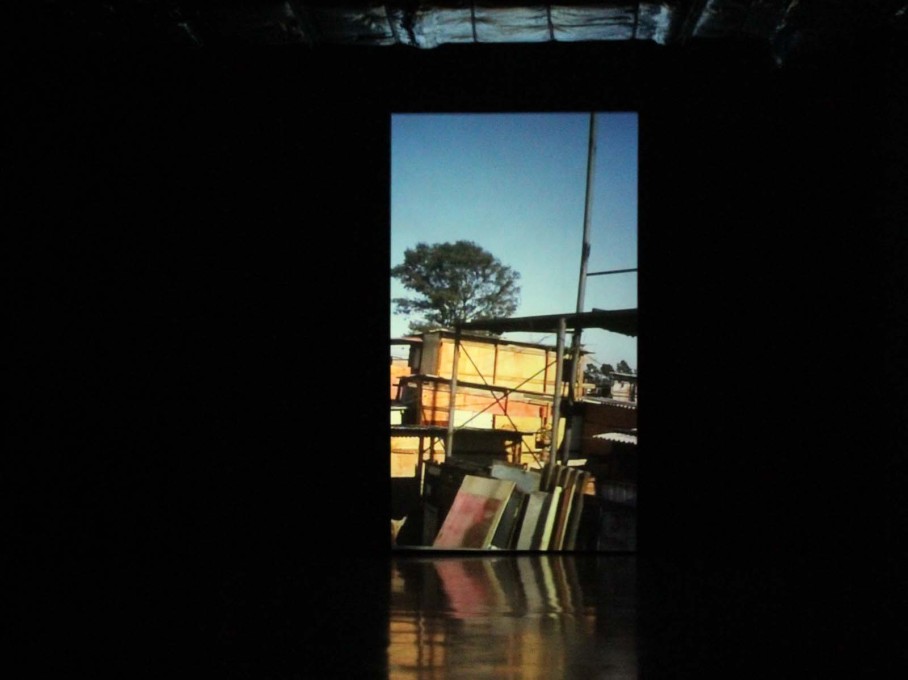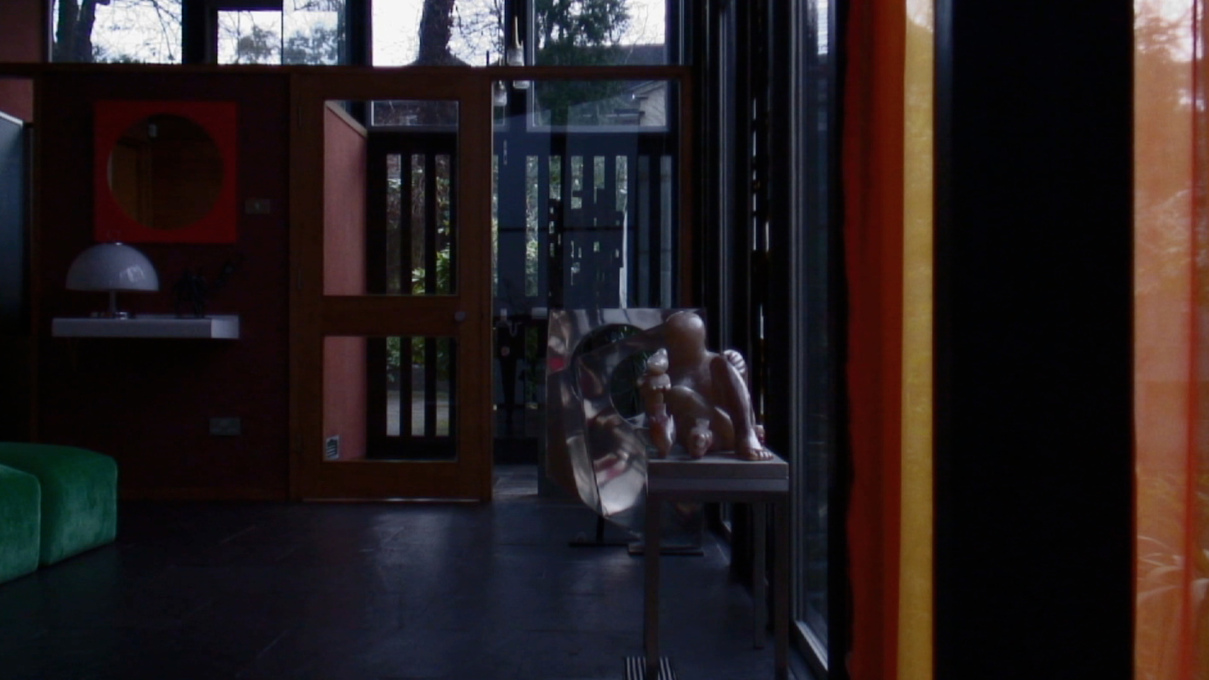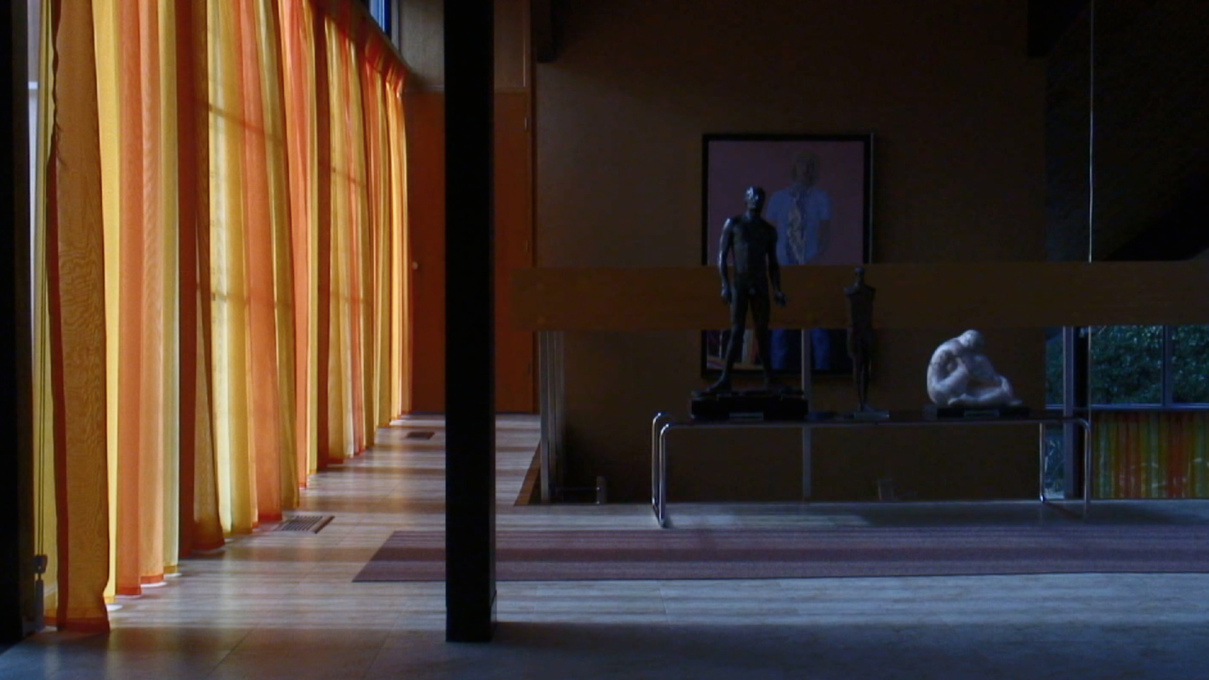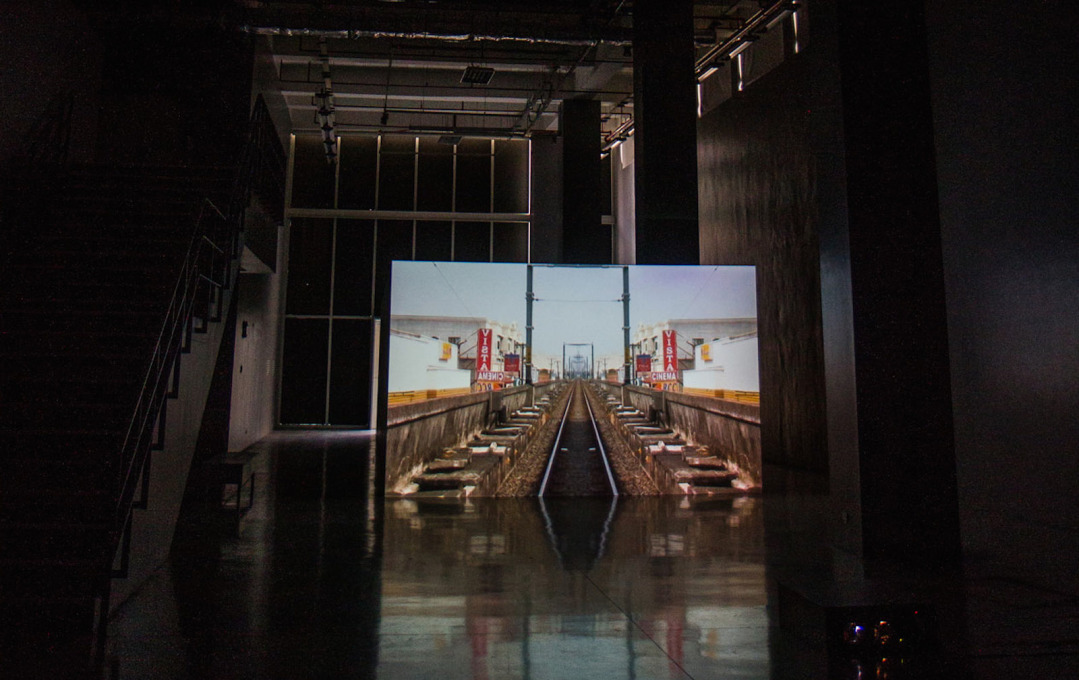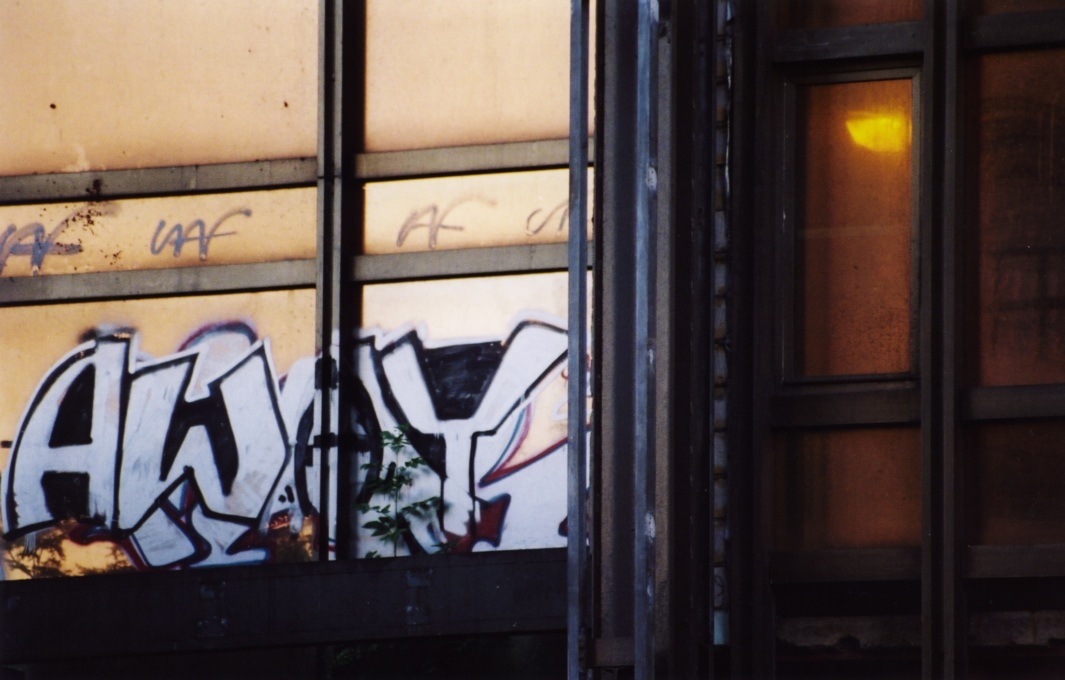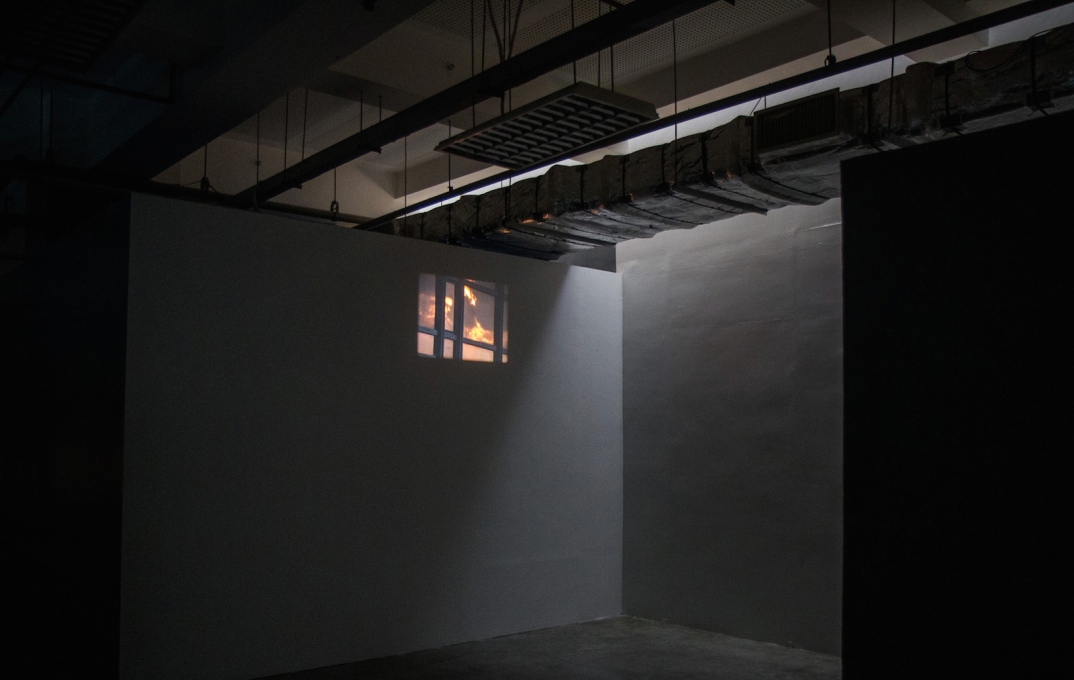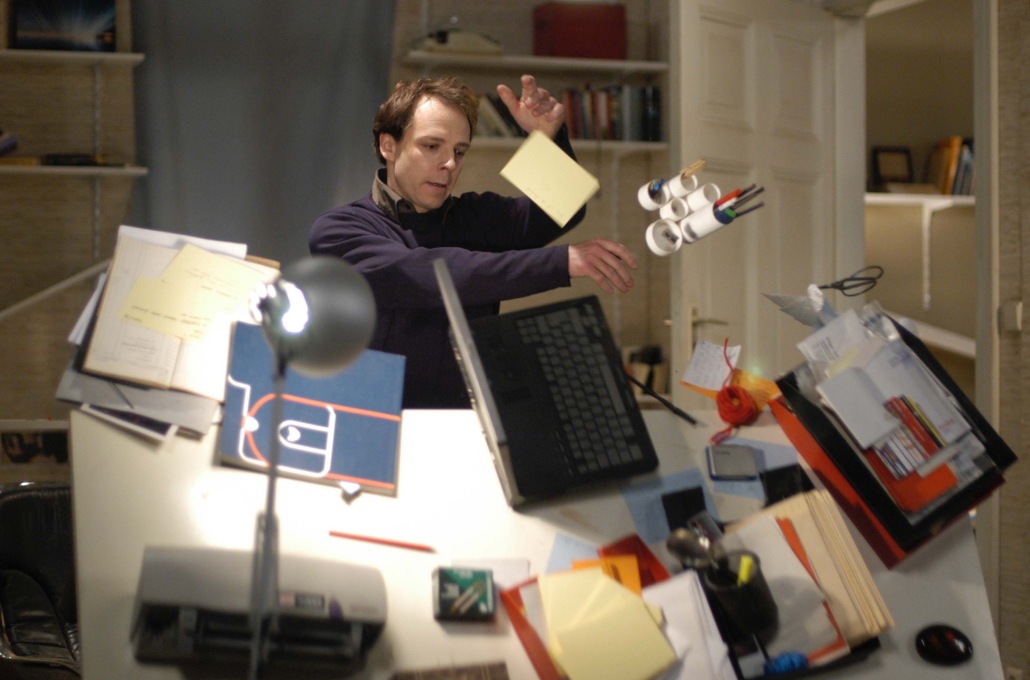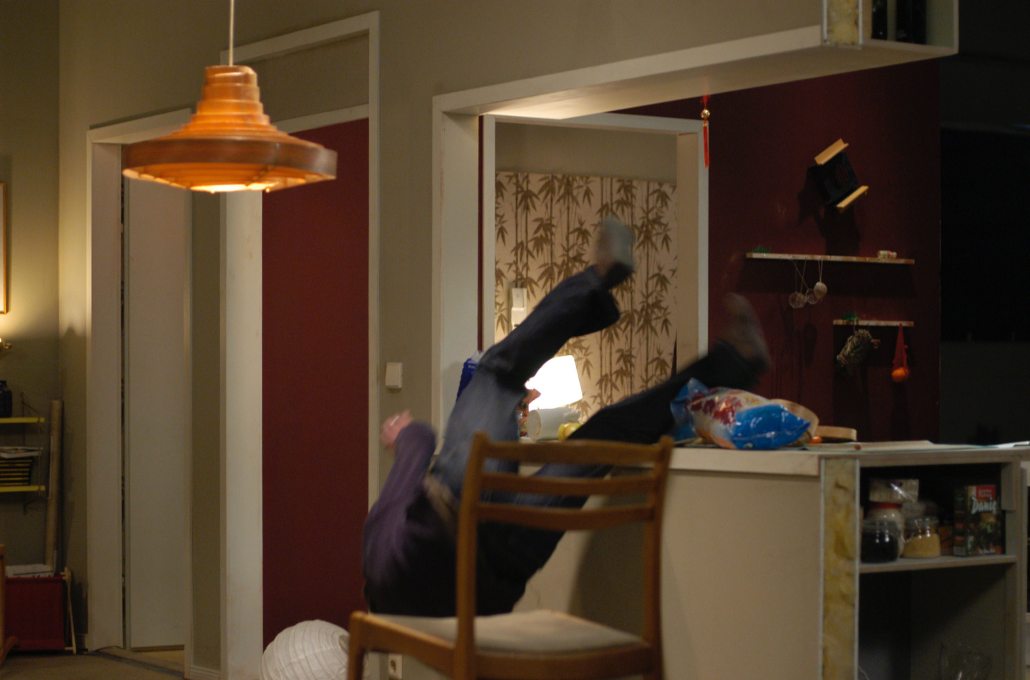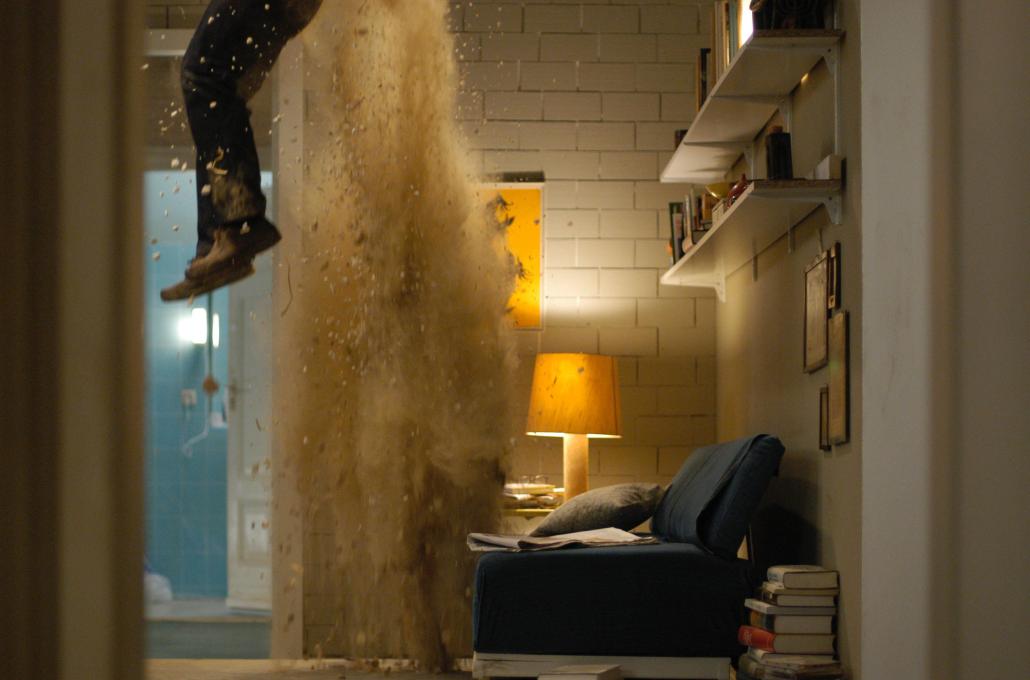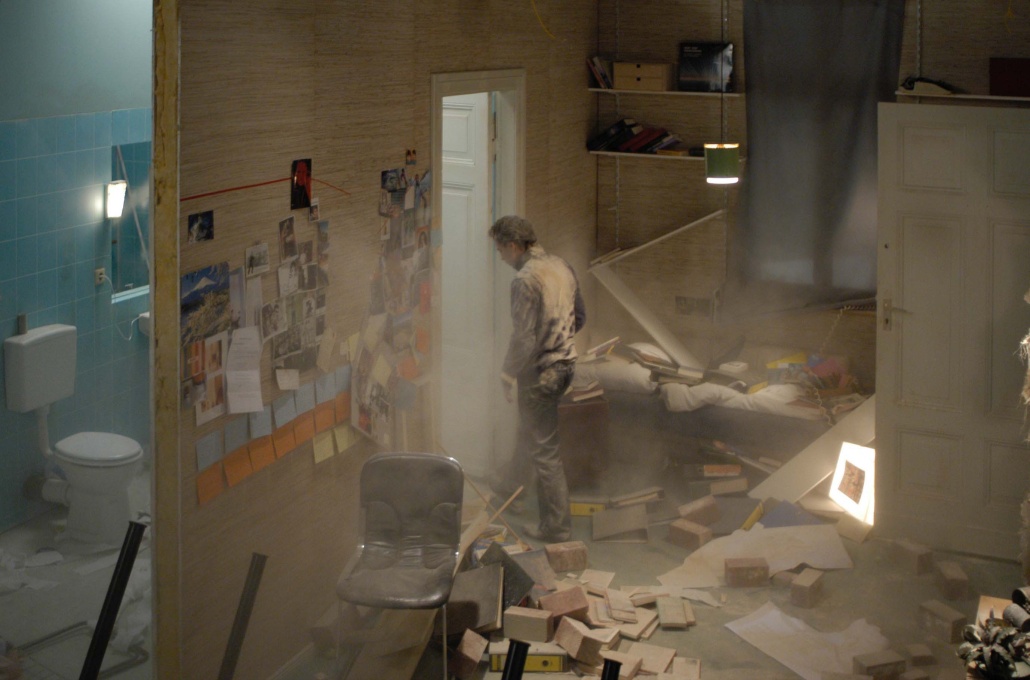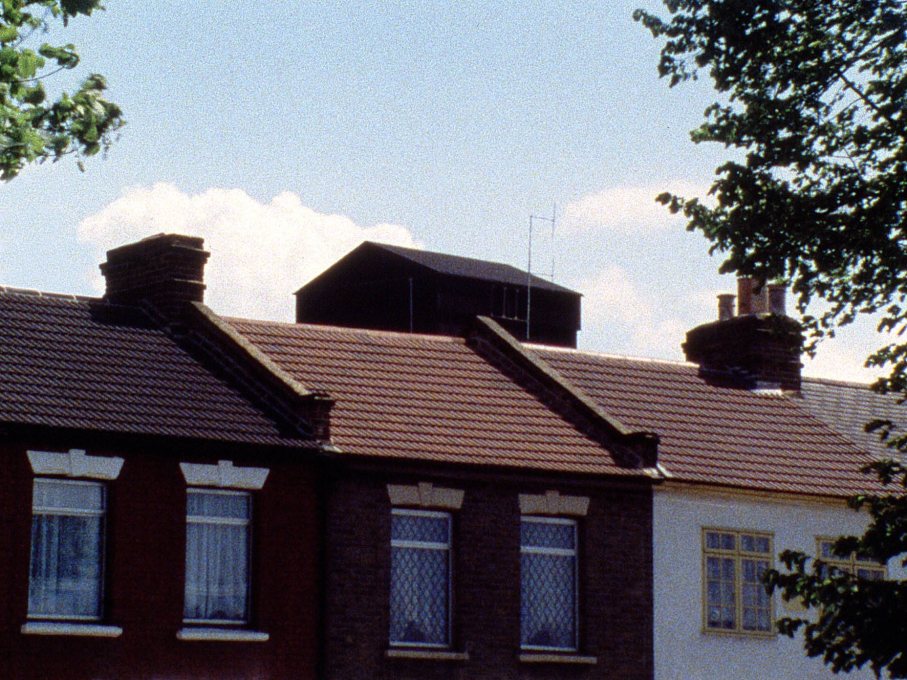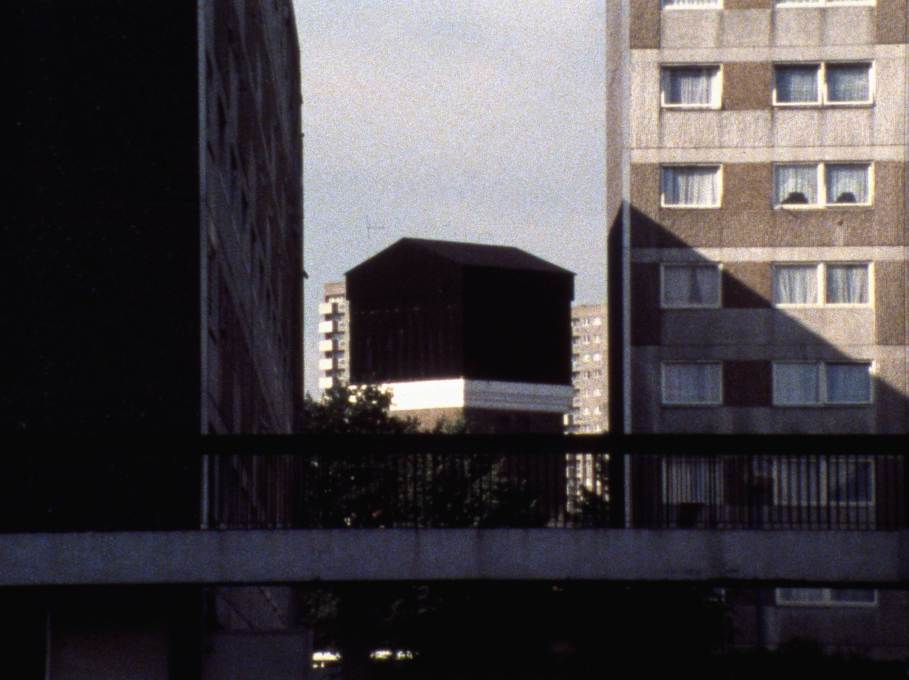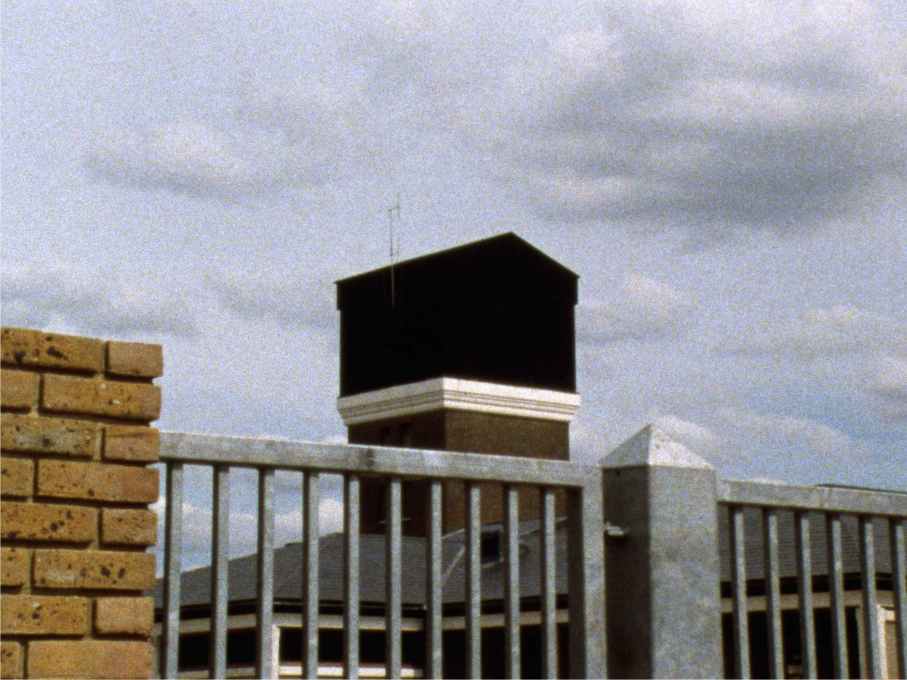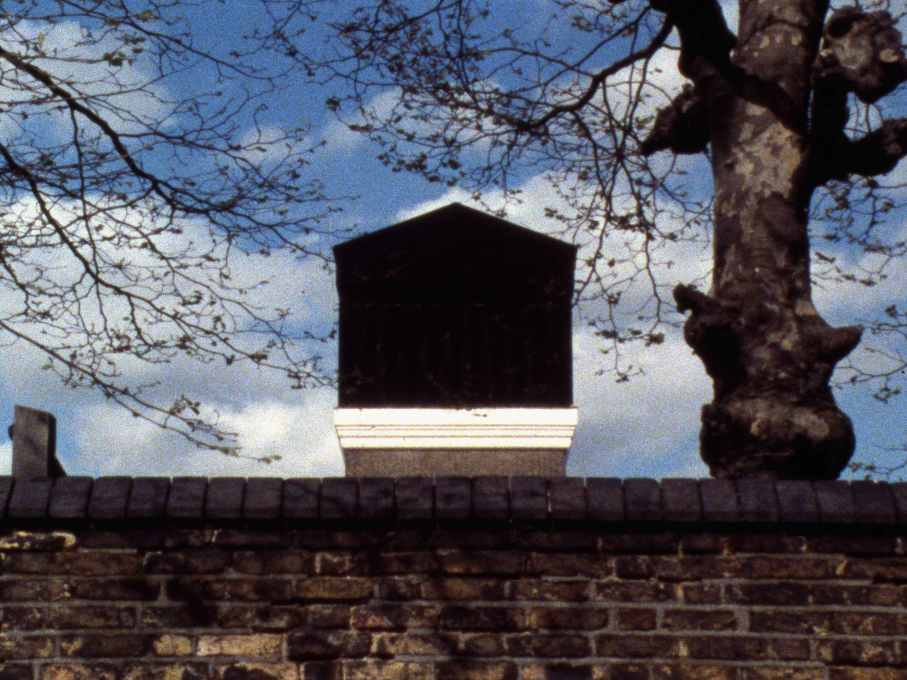The complex relationship enjoyed by architecture and the moving image is the subject of a current exhibition in Manila, featuring the work of twelve artists and film-makers. Gerard Rey Lico visited for uncube and found an exhibition rich in contrasts.
Over the last century, film and architecture have played out a relationship forged in space, mutually informing each other’s medium. Both architectural and cinematic practice thrive on an apprehension of space, with each discipline employing spatial categories of analysis, topographies, sites, settings and locations.
And film is almost unthinkable without architecture, which so often gives it its semblance of dimensions, setting mood, character, time, and place of action. It offers a representation of movement through space in real time, approximating the architectural experience of the moving subject in an immersive milieu. Like film, architecture has the potential to create, stage, or frame events so they assume discursive density and signification. The most interesting contribution of cinema to architecture is how film creates a distinct synthetic space through the accretion of fragmentary images over time through montage, and how sequences of spatial occurrences can develop into a narrative and critical discourse.
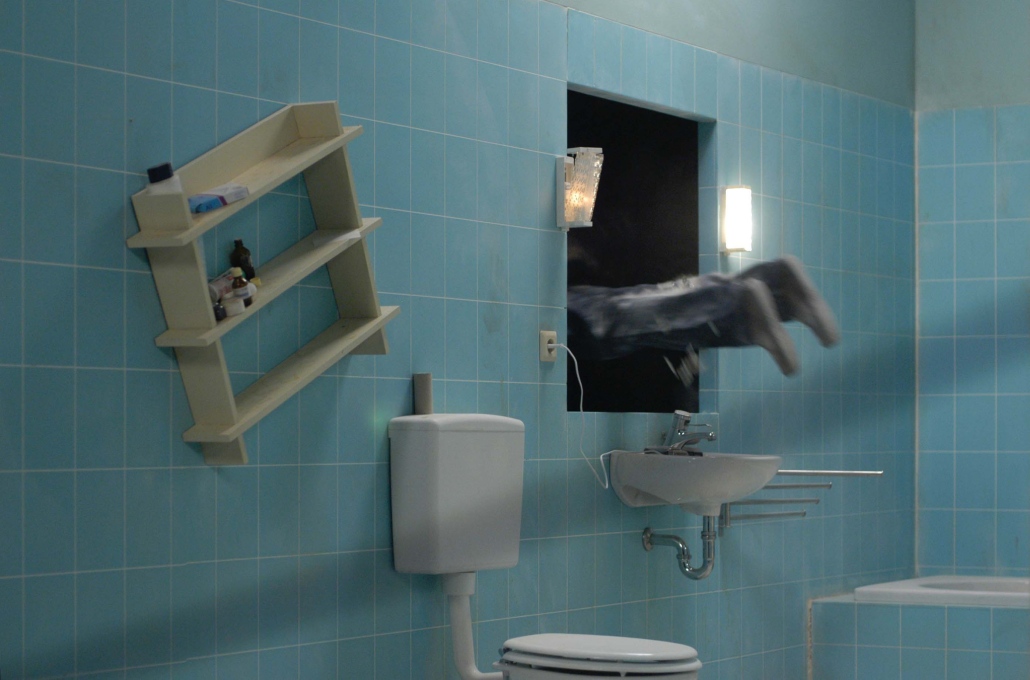
The exhibition The Surface of the World: Architecture and the Moving Image, presented by the Museum of Contemporary Art and Design in Manila (MCAD) investigates the relationship between the built environment and the moving image via a range of filmographic practices; video works, installations, shorts and full-length films produced in the last four decades by an array of international artists and filmmakers, including Cocoy Lumbao from the Philippines, Saskia Olde Wolbers from The Netherlands, John Gerrard from Ireland, Jozef Robwski from Poland, and Tacita Dean from the United Kingdom. The selection of works is based, according to the show’s curator Clare Carolin – previously the curator of Modern Art Oxford and the Hayward Gallery in London – on “their intense concentration on the appearance of the built environment and the rejection, or in some cases, subversion, of explanatory narrative.”
The dimly lit gallery spaces at MACAD, compartmentalised into acoustically-isolated spaces to showcase each film, recreate the cinema environment in a range of formats and modes of presentation. These range from 16mm film like John Smith’s The Black Tower (1987) in which an unseen narrator relates a monotonous urban routine haunted by the presence of a black water-tower, to time-lapse composites – Isaac Julien’s Enigma (2014) composed of 2500 still photographic images of the Dubai cityscape filmed over 24 hours; dual-channel film projections: Julian Rosefeldt’s The Stunned Man (Trilogy of Failure II) (2004) in which in parallel projections, a stuntman-actor, doubly builds and destroys the everyday domestic environment of his alter ego; and computer generated simulations, such as John Gerrard’s Cuban School (Sancti Spiritu) (2011), a meticulous slow-moving virtual portrait of an actual 1960s school, recreating daily light conditions over a continuous 365-day solar cycle. Akin to a series of episodic spatial plots being unreeled inside the gallery space, the progression of viewing compartments means the audience can freely explore and navigate their own sequences through the films, privileging plural narratives and multiplicity of signification. Taken as whole, these films articulate the spatial and visual experiences of 20th century urbanism through leitmotifs of modernity: urban dystopia and marginality; the urban experiences of hope and loss, yearning and nostalgia, terror and fear, crime and violence; the mapping of identity and difference; and the spectacles of contemporary consumption.
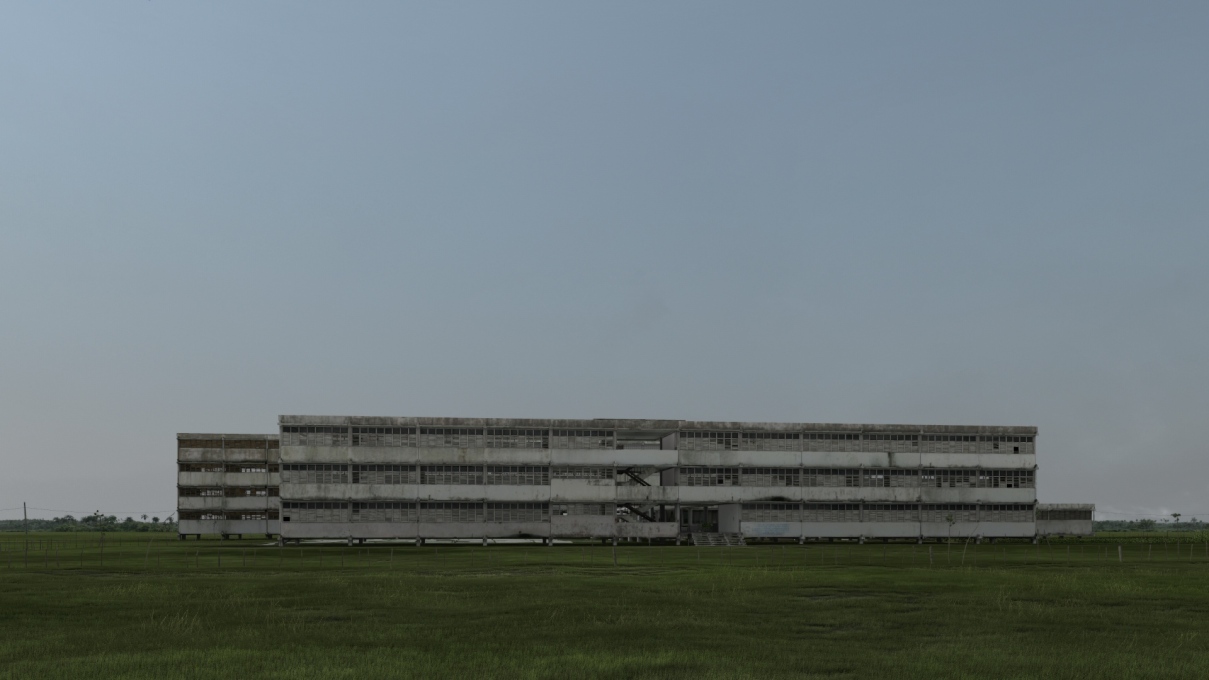
So in Gerrard’s Cuban School, the Soviet-inspired architecture of the empty school, incongruous against tropicality of the Cuban landscape, seems to subtly allude to the demise of political vision and ideological obsolescence. Similarly Tacita Dean's Palast (2004), uses close-ups of fragmentary images of monuments and qualities of light reflected back by of the bronze-tinted glass surfaces of the Palast der Republik in Berlin, to establish the continuing comnipresence of this landmark building in the city and perhaps even of the state that built it: German Democratic Republic. Significantly it has since been controversially demolished, in a move that many saw as ideological cleansing.
Meanwhile Dionisio González’ Pauliceia Desvairada (2004) reimagines the spatial and social complexity of the Brazilian favelas in a continuous tracking shot through an informal settlement – composed from shots of many different favelas and locations around São Paulo. Here the camera’s gaze is returned by the inhabitants, evoking a counter-panoptic strategy against the generic surveillance apparatus of the state.
It is the bleak hopelessness of the urban individual that comes through in Rosefeldt’s The Stunned Man, where the protagonist literally seems to deconstruct his domestic environment to try to make sense of his own existence in a potentially endless cycle of violent action; whilst the appearance of “the black tower” in Smith’s film, gradually signals the narrator’s descent into mental breakdown and death, suggesting at the deep existential fissures lurking beneath the banality of 20th century urban life.
Contrastingly Elizabeth Price’s film: At the House of Mr. X (2004), views like a thesis on desire and conspicuous consumption, navigating the interior spaces of the mid-century residence of an anonymous art collector: a showcase home, in which the camera lingers over sumptuous surfaces and the textures of the objects of luxury.
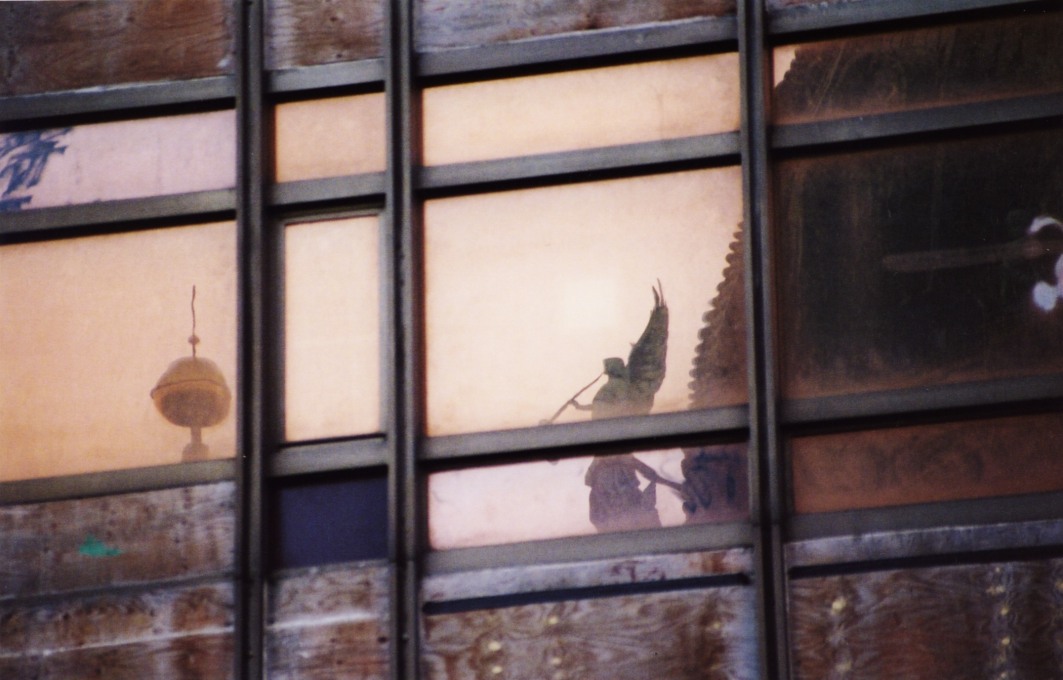
The exhibition questions the changing notions of time and space, portrayed through the conflation of the architectural and filmic, in which moving images evoke an experience of urban modernity that is disenchanting and fleeting, generating rapid stimuli for further change.
In From My Window (1978-1999) for example, the artist Jozef Robakowski’s presents a collection of filmed clips of the courtyard his tenement in an area of Łódź known locally as Manhattan, recording the movements of the residents, socio-political events and changes occurring there over three decades. The courtyard becomes like a symbolic arena of urban contestation, with the film rather symbolically ending with images of the construction of a new hotel that ultimately obscures the view from Robakowski's window.
Contrastingly the one-day time-lapse composite of 2500 stills of Dubai in Julien’s Enigma (2014), inspired by David Harvey’s book The Enigma of Capital, depicts the set-piece architecture of the city: shimmering façades of signature skyscrapers, urban vibrancy pulsating with light and energy: seeming to represent the spatial consequence of capitalism and global economic flow.
Ultimately it is this speed and shock-like experience of modernity, reflected through the works in this exhibition – soliciting critical reflections on issues from urban destruction and reconstruction, neurosis and paranoia, housing crises, industrialisation, capitalist urban spectacle, symbolic space, politics of architectural styles, and panoptic urbanism – that build to provide a fascinating glimpse of the contemporary metropolis.
– Gerard Rey Lico is Professor of Architecture at the University of the Philippines.
The Surface of the World: Architecture and the Moving Image
Until September 27, 2014
Museum of Contemporary Art and Design
School of Design and Arts Campus
De La Salle-College of Saint Benilde
950 P. Ocampo St., Manila
Philippines 1004.




